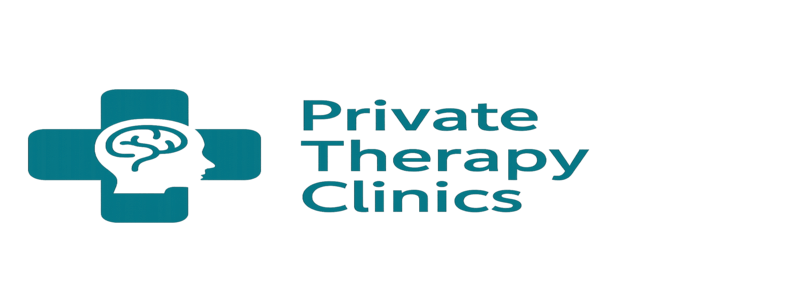
The way young people discuss mental health is being changed by endless feeds of TikTok videos, which create a cultural classroom where therapy culture and self-diagnosis collide. An entire feed can be transformed by a single pause on an anxiety video thanks to the app’s algorithm, which is incredibly good at drawing attention. This feels a lot like sitting in therapy for many teenagers, but it isn’t as thorough or accurate as professional advice. Researchers point out that more than 83% of the advice being given here is false, but its emotional appeal and reach are still very evident.
The simplicity of therapy talk on TikTok is what makes it so appealing. Adolescents yearn for community and validation because their brains are still developing at crucial points. That immediate comfort is offered by brief videos that distill difficult situations into easily understood soundbites. A humorous or emotionally charged post about ADHD can receive millions of likes, bolstering its legitimacy through sheer popularity. Likes and shares serve as digital affirmations, but without clinical context, they run the risk of becoming harmful stand-ins for diagnoses, which is why the validation trap is so potent.
| Category | Details |
|---|---|
| Platform | TikTok – short-form video app with over 1.5 billion monthly users |
| Audience | Primarily Gen Z (42% aged 18–24; 27% aged 12–17) |
| Reach | Over 100 billion views on mental health hashtags (#mentalhealth, #therapy, #ADHD) |
| Positive Influence | Reduces stigma, builds peer communities, sparks awareness |
| Risks | 83% of advice is misleading; fuels self-diagnosis and delayed professional care |
| Popular Trends | “Sadtok” loops, ADHD symptom checklists, therapy-inspired self-help |
| Cultural Power | Influencers and celebrities often act as guides for mental health narratives |
| Celebrity Connection | Selena Gomez, Bella Hadid, and Noah Cyrus sharing personal struggles |
| Reference | Psychology Today – TikTok Therapy |
TikTok turned into a digital haven during the pandemic. Teens were drawn to the internet by isolation, and hashtags like #teenmentalhealth gained millions of views every day. Aware of this increase, licensed professionals started producing content that combined education and entertainment. The platform is extremely versatile for de-stigmatizing conditions like anxiety and ADHD, according to experts like psychiatrist Sasha Hamdani. These practitioners met a cultural need for therapy that feels approachable and contemporary by speaking the same language as their patients—quick, playful, and visually engaging.
This change was accentuated by celebrities. In formats that appeal to TikTok’s audience, Selena Gomez has publicly disclosed her bipolar diagnosis, Bella Hadid has talked about her struggle with anxiety, and Noah Cyrus has contemplated depression. Millions of feeds were affected by their vulnerability, which inspired young followers to see therapy as both acceptable and admirable. Similar to Lady Gaga’s open advocacy years before, these public admissions have a remarkable ability to change cultural narratives. Compared to conventional awareness campaigns, celebrities’ emotional candor feels especially novel to teenagers.
However, the dangers are still high. Once an interest is flagged, platforms such as TikTok use algorithmic reinforcement to deliver content that gets more extreme or specialized. Teenagers who are watching videos about mild stress may soon become engrossed in scenes about trauma or PTSD. Teenagers are left feeling overly aware of everything because of this feedback loop, which drastically diminishes subtlety and intensifies emotional intensity. According to experts, this cycle has the potential to normalize fragility by persuading teenagers that any change in mood is indicative of a mental illness.
However, to completely disregard the platform is to ignore its positive power. TikTok has grown into a potent platform for raising awareness of mental health issues by providing millions of teenagers with an incredibly cheap introduction to therapeutic terminology. These brief videos frequently start discussions that traditional healthcare has found difficult to start. Teens who first identify symptoms through relatable TikTok videos are more likely to confess to having anxiety or ADHD, according to parents and educators. Despite its flaws, this accessibility has significantly increased family and school transparency regarding mental health.
It is impossible to ignore the commercialization of therapy culture. Therapy aesthetics are seamlessly integrated with consumerism, as seen in everything from self-help apps promoted by influencers to mindfulness journals. Critics contend that this trivializes mental health, but proponents contend that by integrating it into popular culture, it keeps the discussion going and de-stigmatizes treatment. Although it may seem paradoxical, the blending of awareness and commerce shows how deeply TikTok incorporates therapy into Gen Z identity formation.
The most important protection turns out to be digital literacy. The dangers of false information can be considerably decreased by teaching teenagers how to critically evaluate sources, spot deceptive trends, and distinguish between entertainment and proof. Scholars stress that rather than being assumed, this literacy needs to be actively taught. Helping teenagers ask questions like “Who made this video?” or “What credentials back this advice?” for instance, offers a straightforward but incredibly powerful filter against harmful content.
More and more therapists are realizing the pointlessness of ignoring TikTok. In order to provide trustworthy insights into a space that teens already occupy, they are instead emulating its style. A 30-second video that shows how to breathe during a panic attack can serve as a starting point for getting professional assistance, but it shouldn’t be used in place of therapy. Similar to how health campaigns used radio or television in the past, experts are turning TikTok from a misinformation minefield into a tool for engagement by carefully utilizing the format of the app.

